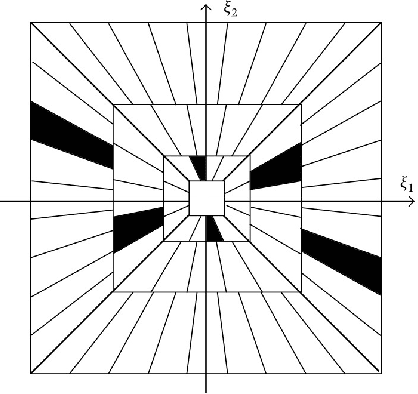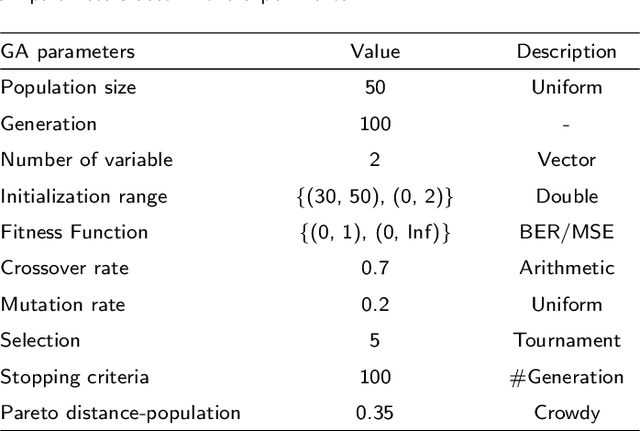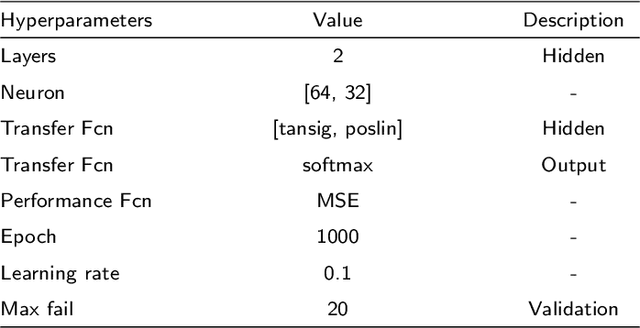Behrouz Bolourian Haghighi
An Effective Scheme for Maize Disease Recognition based on Deep Networks
May 09, 2022



Abstract:In the last decades, the area under cultivation of maize products has increased because of its essential role in the food cycle for humans, livestock, and poultry. Moreover, the diseases of plants impact food safety and can significantly reduce both the quality and quantity of agricultural products. There are many challenges to accurate and timely diagnosis of the disease. This research presents a novel scheme based on a deep neural network to overcome the mentioned challenges. Due to the limited number of data, the transfer learning technique is employed with the help of two well-known architectures. In this way, a new effective model is adopted by a combination of pre-trained MobileNetV2 and Inception Networks due to their effective performance on object detection problems. The convolution layers of MoblieNetV2 and Inception modules are parallelly arranged as earlier layers to extract crucial features. In addition, the imbalance problem of classes has been solved by an augmentation strategy. The proposed scheme has a superior performance compared to other state-of-the-art models published in recent years. The accuracy of the model reaches 97%, approximately. In summary, experimental results prove the method's validity and significant performance in diagnosing disease in plant leaves.
EYNet: Extended YOLO for Airport Detection in Remote Sensing Images
Mar 26, 2022



Abstract:Nowadays, airport detection in remote sensing images has attracted considerable attention due to its strategic role in civilian and military scopes. In particular, uncrewed and operated aerial vehicles must immediately detect safe areas to land in emergencies. The previous schemes suffered from various aspects, including complicated backgrounds, scales, and shapes of the airport. Meanwhile, the rapid action and accuracy of the method are confronted with significant concerns. Hence, this study proposes an effective scheme by extending YOLOV3 and ShearLet transform. In this way, MobileNet and ResNet18, with fewer layers and parameters retrained on a similar dataset, are parallelly trained as base networks. According to airport geometrical characteristics, the ShearLet filters with different scales and directions are considered in the first convolution layers of ResNet18 as a visual attention mechanism. Besides, the major extended in YOLOV3 concerns the detection Sub-Networks with novel structures which boost object expression ability and training efficiency. In addition, novel augmentation and negative mining strategies are presented to significantly increase the localization phase's performance. The experimental results on the DIOR dataset reveal that the framework reliably detects different types of airports in a varied area and acquires robust results in complex scenes compared to traditional YOLOV3 and state-of-the-art schemes.
WSMN: An optimized multipurpose blind watermarking in Shearlet domain using MLP and NSGA-II
May 07, 2020



Abstract:Digital watermarking is a remarkable issue in the field of information security to avoid the misuse of images in multimedia networks. Although access to unauthorized persons can be prevented through cryptography, it cannot be simultaneously used for copyright protection or content authentication with the preservation of image integrity. Hence, this paper presents an optimized multipurpose blind watermarking in Shearlet domain with the help of smart algorithms including MLP and NSGA-II. In this method, four copies of the robust copyright logo are embedded in the approximate coefficients of Shearlet by using an effective quantization technique. Furthermore, an embedded random sequence as a semi-fragile authentication mark is effectively extracted from details by the neural network. Due to performing an effective optimization algorithm for selecting optimum embedding thresholds, and also distinguishing the texture of blocks, the imperceptibility and robustness have been preserved. The experimental results reveal the superiority of the scheme with regard to the quality of watermarked images and robustness against hybrid attacks over other state-of-the-art schemes. The average PSNR and SSIM of the dual watermarked images are 38 dB and 0.95, respectively; Besides, it can effectively extract the copyright logo and locates forgery regions under severe attacks with satisfactory accuracy.
TRLG: Fragile blind quad watermarking for image tamper detection and recovery by providing compact digests with quality optimized using LWT and GA
Mar 07, 2018



Abstract:In this paper, an efficient fragile blind quad watermarking scheme for image tamper detection and recovery based on lifting wavelet transform and genetic algorithm is proposed. TRLG generates four compact digests with super quality based on lifting wavelet transform and halftoning technique by distinguishing the types of image blocks. In other words, for each 2*2 non-overlap blocks, four chances for recovering destroyed blocks are considered. A special parameter estimation technique based on genetic algorithm is performed to improve and optimize the quality of digests and watermarked image. Furthermore, CCS map is used to determine the mapping block for embedding information, encrypting and confusing the embedded information. In order to improve the recovery rate, Mirror-aside and Partner-block are proposed. The experiments that have been conducted to evaluate the performance of TRLG proved the superiority in terms of quality of the watermarked and recovered image, tamper localization and security compared with state-of-the-art methods. The results indicate that the PSNR and SSIM of the watermarked image are about 46 dB and approximately one, respectively. Also, the mean of PSNR and SSIM of several recovered images which has been destroyed about 90% is reached to 24 dB and 0.86, respectively.
 Add to Chrome
Add to Chrome Add to Firefox
Add to Firefox Add to Edge
Add to Edge